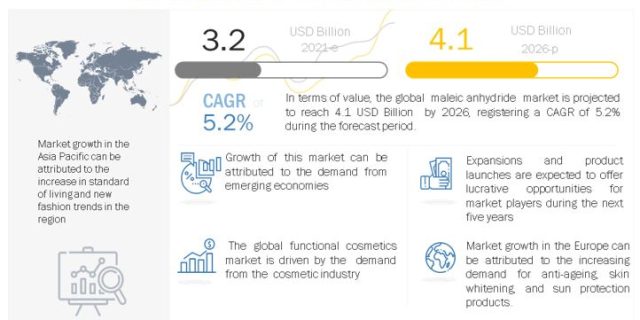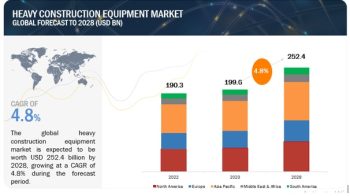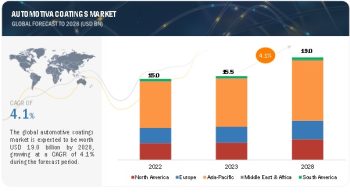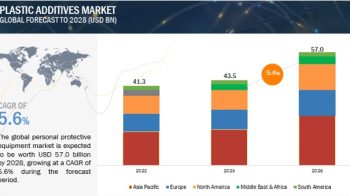
The report “Functional Cosmetics Market by Functionality (Conditioning Agents, UV Filters, Anti-Aging Agents, Skin Lightening Agents), Application (Skin Care, and Hair Care), and Region (North America, APAC, Europe, MEA, South America) – Global Forecast to 2026” The functional cosmetics market is projected to reach USD 4.1 billion by 2026, at a CAGR of 5.2% from USD 3.2 billion in 2021.Functional cosmetics are those components in the cosmetic product formulation that impart pharmacological properties or other direct effects in the cure, diagnosis treatment, mitigation, or prevention of diseases. They are used in cosmetics to provide functional properties when applied to the skin. The growth of the functional cosmetics market is dependent on high spending power on cosmetics and desire to look beautiful.
Browse 150 market data Tables and 49 Figures spread through 191 Pages and in-depth TOC on “Functional Cosmetics Market by Functionality (Conditioning Agents, UV Filters, Anti-Aging Agents, Skin Lightening Agents), Application (Skin Care, and Hair Care), and Region (North America, APAC, Europe, MEA, South America) – Global Forecast to 2026”
Download PDF Brochure https://www.marketsandmarkets.com/pdfdownloadNew.asp?id=208028292
It is used to manufacture various end-use products, such as skincare and hair care products. Functional cosmetics market is segmented as conditioning agents, UV filters, anti-aging agents, skin lightening agents, and others based on functionality.
Skincare is the largest application segment of the functional cosmetics market. Europe is projected to be the largest market during the forecast period because of the high per capita spending power of consumers on cosmetic products. The rising employment opportunities are primarily responsible for the high demand for active ingredients for cosmetics. This is because the increasing employment rate will improve the standard of living and thereby will encourage the population to look for products that take care of their skin and hair. Key market players such as BASF SE (Germany), Evonik Industries AG (Germany), and Clariant AG (Germany) are expanding their functional cosmetics business in Europe as it is the most lucrative market. On the other hand, Asia Pacific was the second-largest market in 2020, and Japan was its largest market.
Anti-ageing agents is estimated to be the fastest-growing functionality in the functional cosmetics market for the forecast period.
The anti-ageing agents-based functional cosmetics accounted for the third-largest share, in terms of value, in 2020. It is also forecasted to grow at the highest CAGR between 2021 and 2026. This dominance is expected due to the current scenario across the globe with rising population, increased pollution level, global warming and other environmental factors are damaging the skin. The harmful UVA sun rays penetrate the skin and cause premature aging. The aging process gradually encompasses the deterioration of various body organs along with the visible impacts on skin. The loss of collagen production leads to frown lines, blemishes, wrinkles and pigmentation changes which signifies aging of skin. People in the age of 30-35, start using the anti-aging products as a precaution to protect their skin from outside environmental impacts. The desire of humans to look and stay young has positively impacted the market to grow.
Haircare was the second major application for the functional cosmetics market in 2020 in the world.
The functional cosmetics market size for hair care accounted for the second-largest share of global functional cosmetics after skincare, in terms of value, in 2020 this was led by the demand from the cosmetics industry.
The haircare segment deals with the products that help to regulate the behavior and properties of the hair so that it can be maintained in a desirable manner. The hair care application involves hair sprays, hair conditioners, hair straighteners, shampoos, and tonics, among others which are used to improve the appearance of hair or protection of scalp. The major part of the hair care market is occupied by conditioners which have the main function of making hair silky and smooth
There is an increasing awareness among consumers for the effects caused due to the harsh environmental conditions which damages the hair follicle. The demand for hair care products is substantially high in the Brazil as consumers are keen to spend more on hair care products. They are more aware about environmental issues than the consumers in other countries
Europe is estimated to be the largest region in the functional cosmetics market in 2020.
Europe was the largest market for functional cosmetics in 2020, in terms of value. It is projected to witness relatively slower growth when compared to Asia Pacific and Middle East & Africa. The manufacturing and consumption of functional cosmetics is on the rise in Europe, and this is expected to continue during the forecast period. However, in terms of value, Europe was the largest market in 2020, and its dominance is expected to continue during the forecast period. This is owed to the higher price of functional cosmetics in Europe. Moreover, the inclination toward natural & organic personal care and easily biodegradable products is another factor that has led to its higher market size in terms of value (these natural functionalities are to be imported from countries of Asia Pacific as they are found in abundance in countries such as Indonesia and Malaysia).
The key market players profiled in the report include Ashland Inc. (US), Stepan Company (US), BASF SE (Germany), Nouryon (Netherlands), Clariant AG (Germany), Evonik Industries AG (Germany), Gattefosse (France), Lucas Meyer Cosmetics (Canada), Sederma(France), Seppic SA (France), CP Kelco (US), Eastman Chemical Company (US), Emery Oleochemicals (Malaysia), Givaudan SA (Switzerland), Symrise AG (Germany), Sonneborn LLC (US), Vantage Specialty Chemicals (US), United-Guardian, Inc. (US), Innospec Inc. (US), KAO Corporation (Japan), Momentive Performance Materials Inc. (US), ADEKA Corporation (Japan), DuPont (US), and Koninklijke DSM N.V. (Netherlands).


